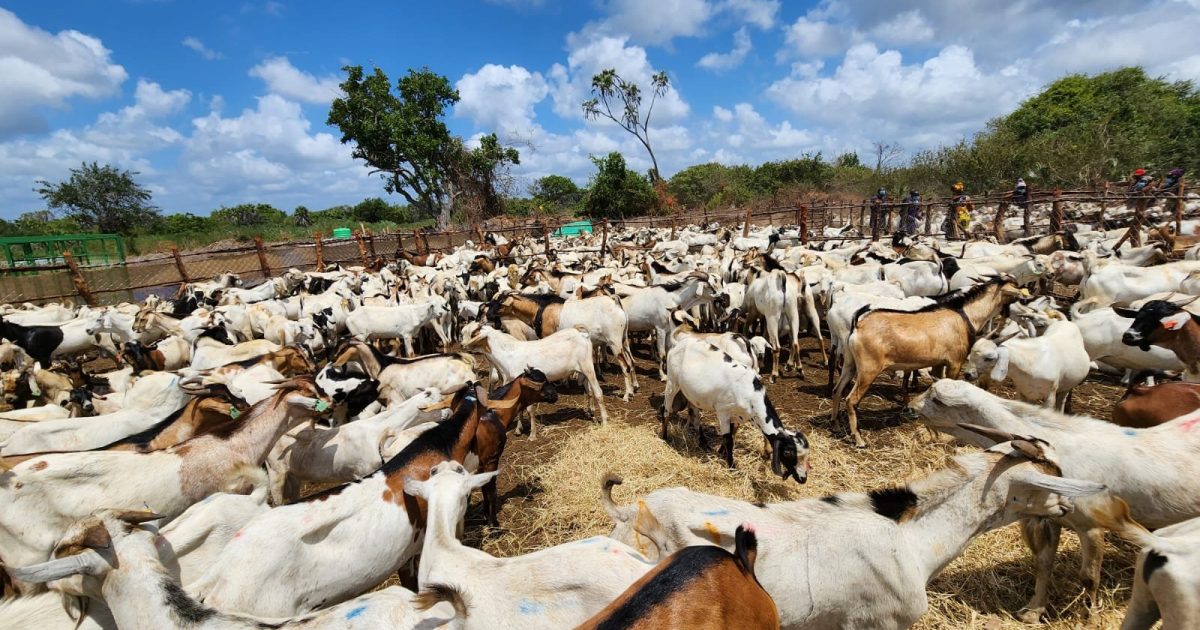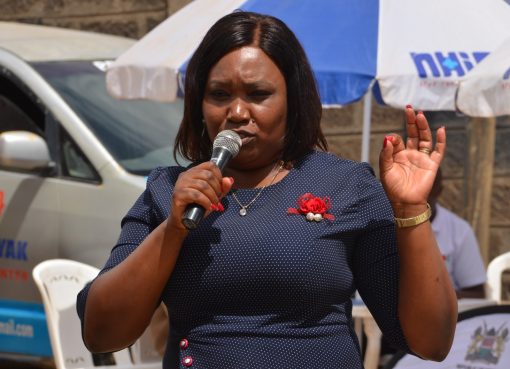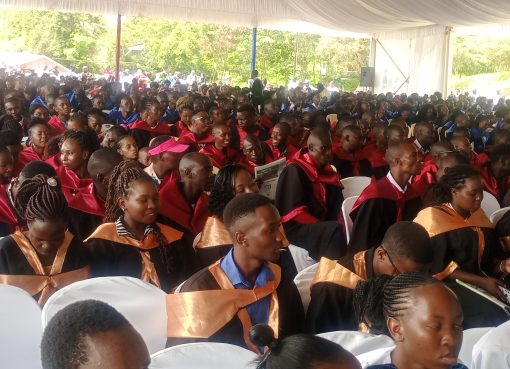Tana River Pastoralists have been advised to change the way of livestock production to benefit from the live animal export trade through the Lamu port.
In October the Lamu Port had its first shipment of 200 head of cattle and 15,400 goats and sheep destined for Oman and according to the Kenya Ports Authority, Oman will be importing live livestock monthly.
Speaking in his office, Tana River County Director of Livestock Production, Nzioka Wambua, said time has come for livestock farmers to embrace modern ways of farming amid the ravaging drought in the county.
“We want to change the livestock production systems, let’s leave this proclivity of migrating with our cattle from one place to another. I encourage farmers to embrace livestock fattening. Live animals have started to be transported to gulf countries and they want a certain weight, if our cattle continue to breed the conventional way while migrating, they will not reach the weight required at the port,” said Wambua.
He also disclosed that the County Government was planning to renovate the Garsen slaughterhouse to be used for the value addition of meat products.
Meanwhile, Tana River which had been classified in the Alarm-worsening drought phase, has received light showers though not evenly distributed in all sub-counties.
“We have had a little rain in parts of Garsen,” said the County Director of Livestock adding: “At least we have had some rain, and goats and sheep have started to get fodder, their condition is not too bad, and they continue to recover. Also there is the regeneration of vegetation and water.”
He said at least 30 percent of the county had received rain noting however that the Kenya Meteorological department forecasts drought will continue. “We are working hard to make sure livestock do not die because of the drought,” Wambua assured.
By Sadik Hassan





